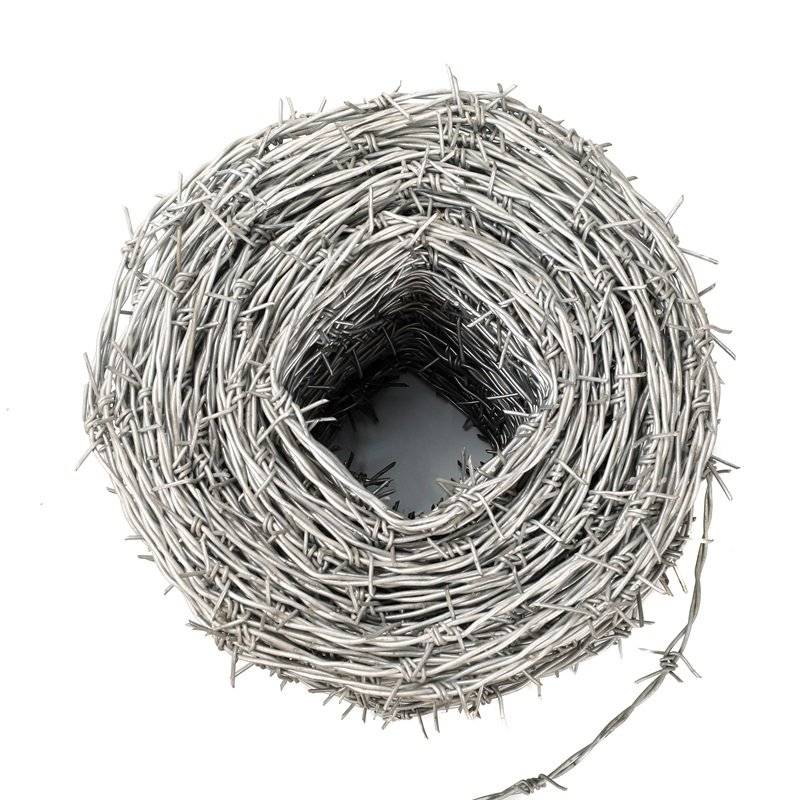Current Market Price of Iron Wire Per Kilogram for 2023
The Trends and Factors Influencing Iron Wire Prices Per Kilogram
Iron wire is an essential material in various industries, including construction, manufacturing, and agriculture. Its versatility and strength make it a popular choice for a multitude of applications such as fencing, reinforcement, and crafting. However, like many commodities, the price of iron wire can fluctuate significantly based on several factors. This article aims to explore the current trends in the price of iron wire per kilogram, as well as the influences that drive these changes.
Current Price Trends
As of late 2023, the price of iron wire per kilogram has shown some volatility. It has generally ranged between $0.70 to $1.20, depending on the quality, diameter, and market conditions. Prices tend to peak during certain seasons, particularly during the construction boom in spring and summer. It's also worth noting that regional prices can vary due to local supply and demand dynamics, tariffs, and shipping costs.
Supply Chain Factors
One of the key drivers of price fluctuation is the overall supply chain of raw materials, particularly the cost of iron ore. Changes in iron ore prices due to mining output, geopolitical tensions, and trade policies can directly impact the cost of producing iron wire. For instance, if iron ore prices rise due to reduced production in major mining countries, manufacturers may raise iron wire prices to maintain their profit margins.
In addition to raw material costs, logistics plays a significant role in determining the final price. Shipping disruptions, fuel costs, and freight rates can add to the price tag of iron wire. It is important to consider that global events, such as natural disasters or political instability, can exacerbate these logistical issues, leading to sudden increases in the price of iron wire.
Demand-Side Dynamics
iron wire price per kg

On the demand side, the construction industry is one of the largest consumers of iron wire. Fluctuating demand for new buildings, infrastructure projects, and urban development can lead to corresponding changes in iron wire prices. For example, during periods of economic growth, a surge in construction activity generally leads to increased demand for iron wire, pushing prices higher. Conversely, during economic downturns, reduced activity can lead to price drops as suppliers seek to move excess inventory.
Moreover, the agricultural sector also contributes to the demand for iron wire, especially for uses in fencing and trellising. Seasonal demand patterns, such as planting and harvesting cycles, can influence pricing throughout the year.
Technological Advancements
Another aspect impacting the price of iron wire is the advancement in manufacturing technologies. Innovations that improve production efficiency can reduce costs and have a downward effect on prices. For example, the introduction of automated machinery can lead to lower labor costs and faster production times, passing savings onto consumers. Conversely, if new regulations require higher safety standards or more sustainable practices, manufacturers may face higher operational costs, which could lead to increased prices.
Global Trade Policies
Trade policies also play a significant role in the pricing of iron wire. Tariffs imposed on imported iron and its derivatives can lead to inflated domestic prices. For instance, in an effort to protect local industries, governments may impose tariffs on foreign-produced iron wire. This could lead to increased prices for consumers if local manufacturers are unable or unwilling to meet demand.
Conclusion
In conclusion, the price of iron wire per kilogram is influenced by a complex interplay of factors, including raw material costs, demand in various industries, technological advancements, and global trade policies. Understanding these factors can help businesses and consumers make informed decisions when purchasing iron wire. As the world continues to evolve, so too will the market dynamics affecting iron wire prices, making it essential for stakeholders to stay informed about market trends and forecasts.
-
Weather Resistance of Woven Wire and Chicken Wire Fencing MaterialsNewsJun.05,2025
-
Umbrella Nails Innovations in Roofing Fasteners for Wind ResistanceNewsJun.05,2025
-
Modern Barbed Wire Fence Designs for Perimeter ProtectionNewsJun.05,2025
-
How Iron Nail Wire Enhances Nail Strength and Installation EfficiencyNewsJun.05,2025
-
High-Security Razor Fence Solutions for Perimeter ProtectionNewsJun.05,2025
-
Durable Wire Netting Fence Solutions for Animal EnclosuresNewsJun.05,2025




